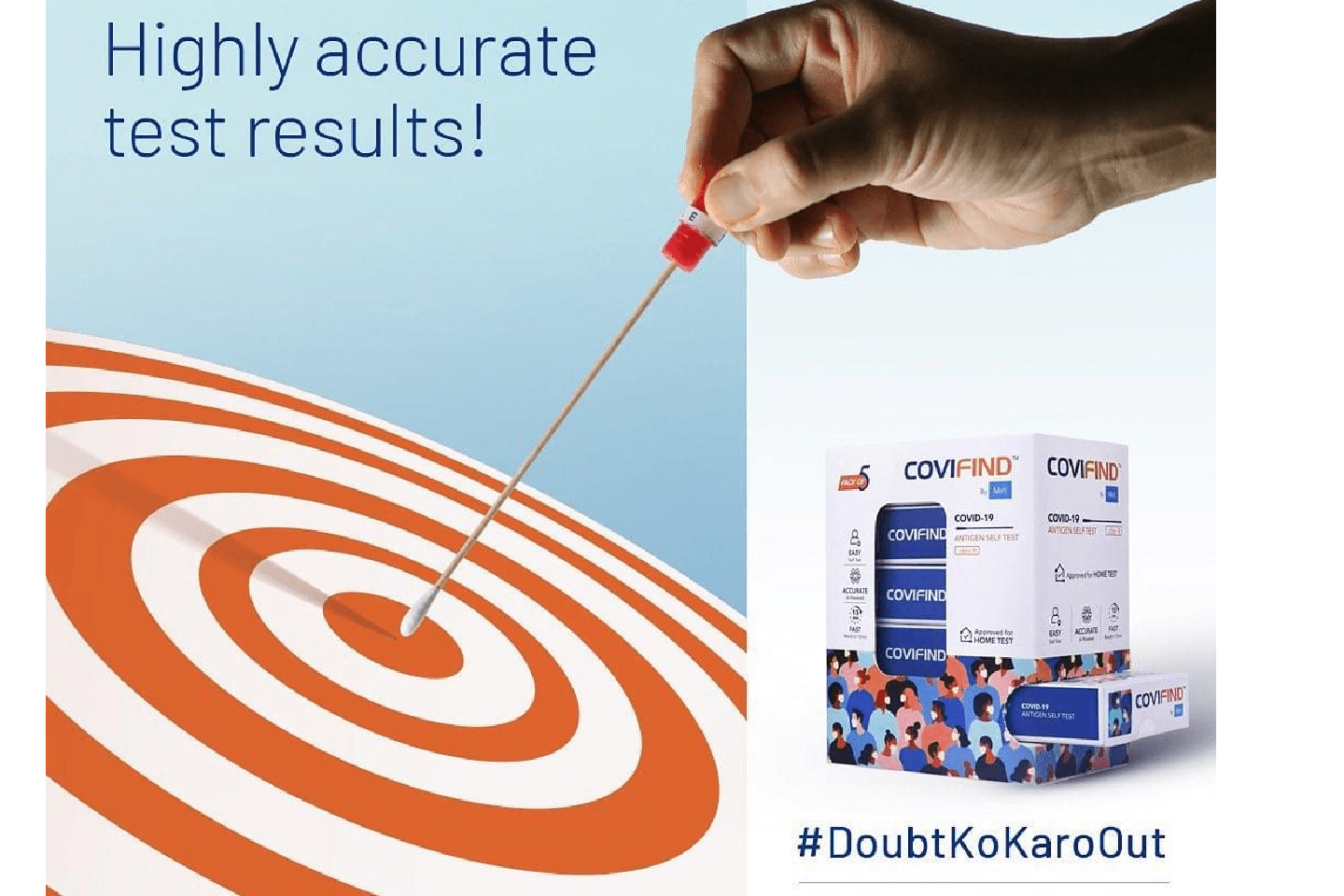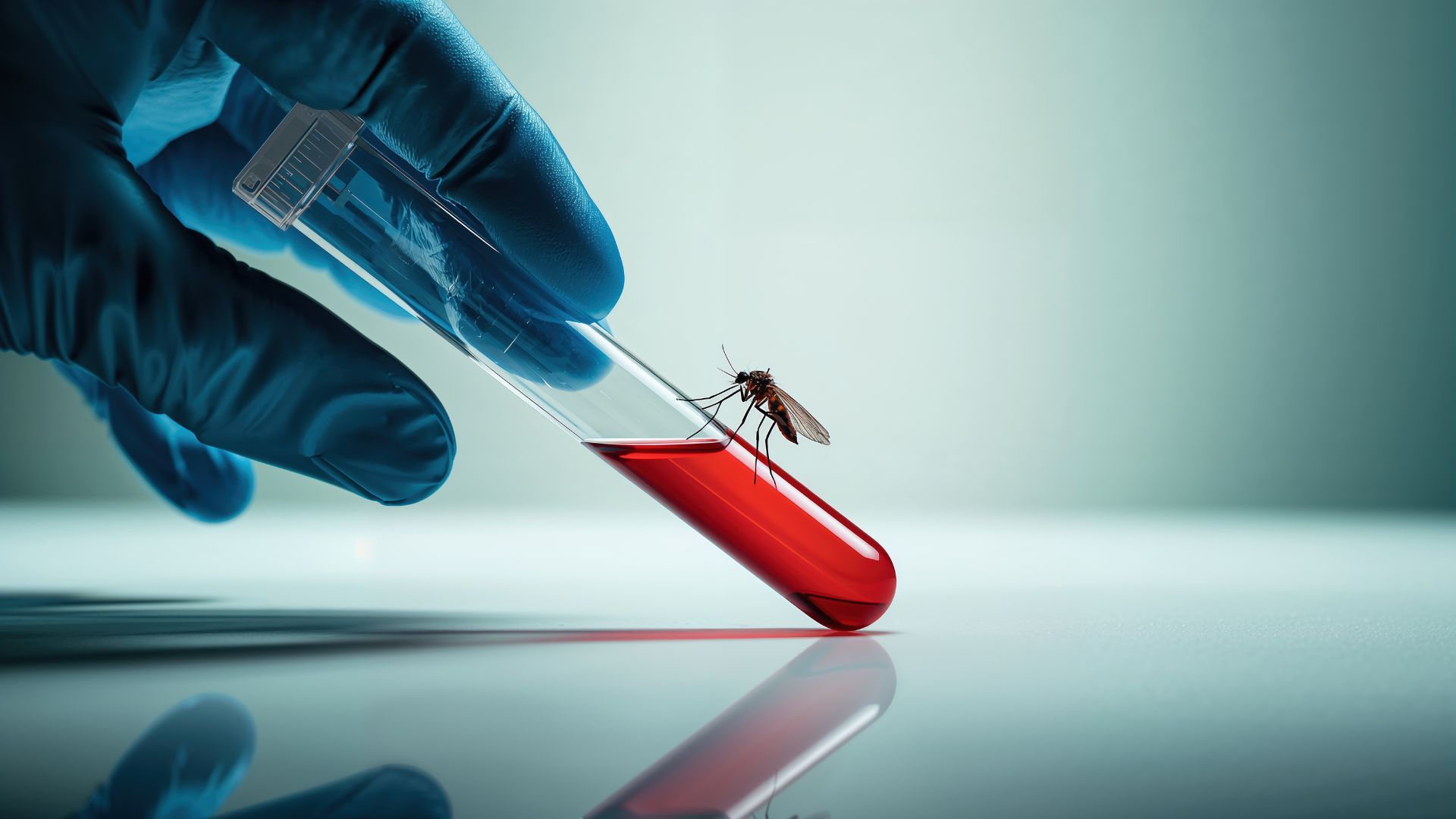
How does DIY Covid-19 rapid antigen detection test work?
Introduction
How do you fight something you cannot see or sense? How do you take it on without knowing anything about it? These were some of the questions that the medical community around the world had to answer within days and weeks, rather than months and years, thanks to the rapid spread of Covid-19.
The first and most logical step? Social distancing, and in many regions – government-mandated lockdowns to help curb the spreading of the virus. It was followed by identifying effective means of testing, identifying and documenting new symptoms, variants and treatments. This was all done alongside rapidly conducted clinical trials of vaccines to help curb the spread and the efficacy of the virus.
But while all these steps and methods have found some success, one of the most effective ways of reducing the spread, and eventually overcoming the virus – was finding a method of testing that was cost-effective, easily accessible around the world, easily administered, and where results could be rapidly obtained. This is how the DIY Covid-19 rapid antigen test works.
It provides an indication of whether an individual may be infected or not, and thereby allows them to isolate and get tested further. As it is cheaper, faster and more accessible than the Reverse Transcription-Polymerase Chain Reaction (RT-PCR) test that provides a definite diagnosis – it is also a great way to isolate potentially large groups of vulnerable or sick individuals from healthy parts of the population. It is a potential life-saver when you factor in that the turnaround time for the RT-PCR test is anywhere between 24 to 72 hours on average, with longer delays being reported due to surges or shortages in some regions around the world.
How does DIY rapid antigen test work?
The DIY rapid antigen test detects viral proteins found via a nasal swab, which is collected after bring administered on an individual. Samples of infected individuals collected at early stages of infection throw up the most accurate results. These kits are easily found in pharmacies and online, and do not require a prescription for purchase. You can perform them anywhere, at home or while on-the-go, making them a great option if you just need to clear any self-doubt.
It can be used to detect both asymptomatic and symptomatic cases of Covid-19 in patients. The results of the test are usually available within 15 minutes.
Steps involved in DIY testing process
Before beginning the test you need to wash your hands or sanitise them and any surfaces you use. Read any instructions that come along with the test carefully. Then take out all the contents of the test kit. Remember to keep your children away while doing the test, unless you are administering it on them.
The testing kits also have a mobile apps that you can download on your smartphone for following instructions. Start the test only after having understood the proper testing procedure.
The strips of the testing kit are coated with the mucus from your body along with the antigen. This antigen reacts with the antibodies on the strip and produces a change of colour, thus determining the test result. This is how the DIY Covid-19 antigen test works. All DIY Covid-19 test kits are single-use only, so do not reuse any DIY test kits.
Reporting Results
Upon carrying out your tests correctly, you get results in about 15 minutes. Read the instructions on the manual to determine the proper effects.
Positive result: If you test positive, inform a doctor, helpline or nearby healthcare facility immediately. To prevent further spreading of the disease, ensure you self-isolate. If your symptoms are mild you may be able to seek treatment at home. If your symptoms are stronger, your doctor may advise hospitalisation. Inform all those who have come in contact with you that you may have tested positive. Further testing via RT-PCR is advised as that helps confirm the infection.
Negative result: A negative result means that the SARS-CoV-2 virus was not present in your system. If you had symptoms and did the test by following the instructions correctly, it means you do not have Covid-19. Nevertheless, speak to your medical practitioner if in doubt about the steps you’ve taken so far.
Invalid or Erroneous results: It is also possible that your DIY Covid-19 test results show as invalid or error. In this case, your test is inconclusive. This happens when you do not follow the instructions correctly, or the testing instrument did not function appropriately. In such cases, always retest or talk to a medical practitioner.
Meril’s DIY Covid home testing kit CoviFind delivers results accurately. It has a testing device, sterile nasal swab, and prefilled buffer tube with cap which allows for the test to be administered anywhere and at any time. It is reasonably priced, at just Rs. 250 and available in retail pharmacies, e-pharmacies, and online.
Meril’s official home testing mobile application - CoviFind found on both the Apple App store and Google Play Store makes testing for the virus easy, with information available at your fingertips. Powered by AI, the CoviFind testing kit and app are a combination that allow for incredibly accurate results.
As the vaccine rollout continues around the world and in India, the best way to curb the spread of the virus is to test regularly and on-demand. CoviFind gives you the peace of mind and security you need in these unprecedented times through an accurate, quick and effective testing mechanism.



